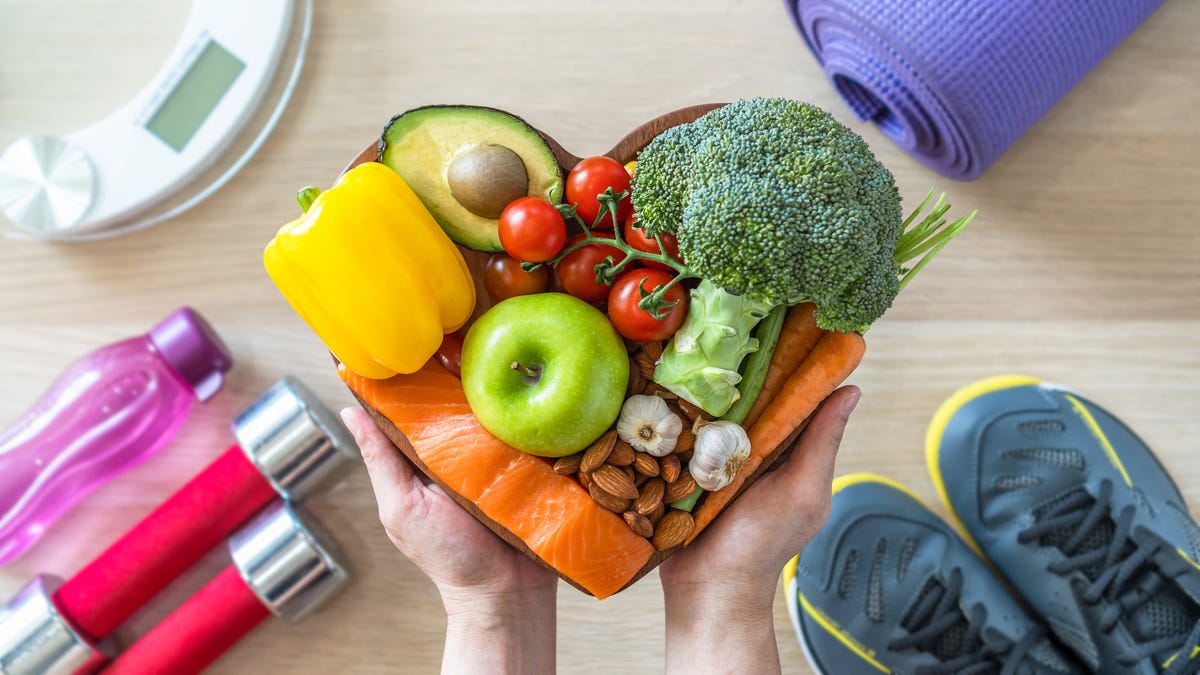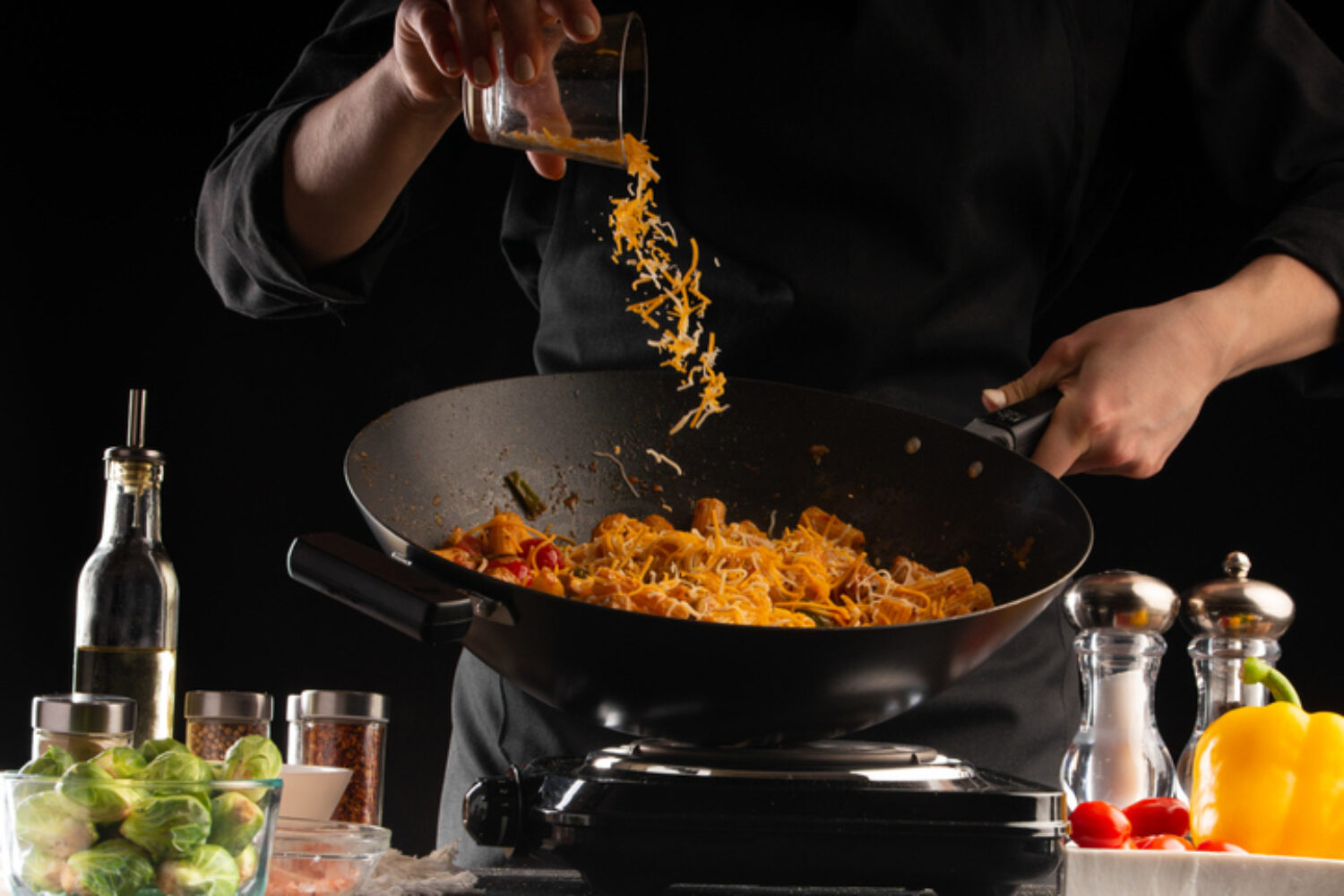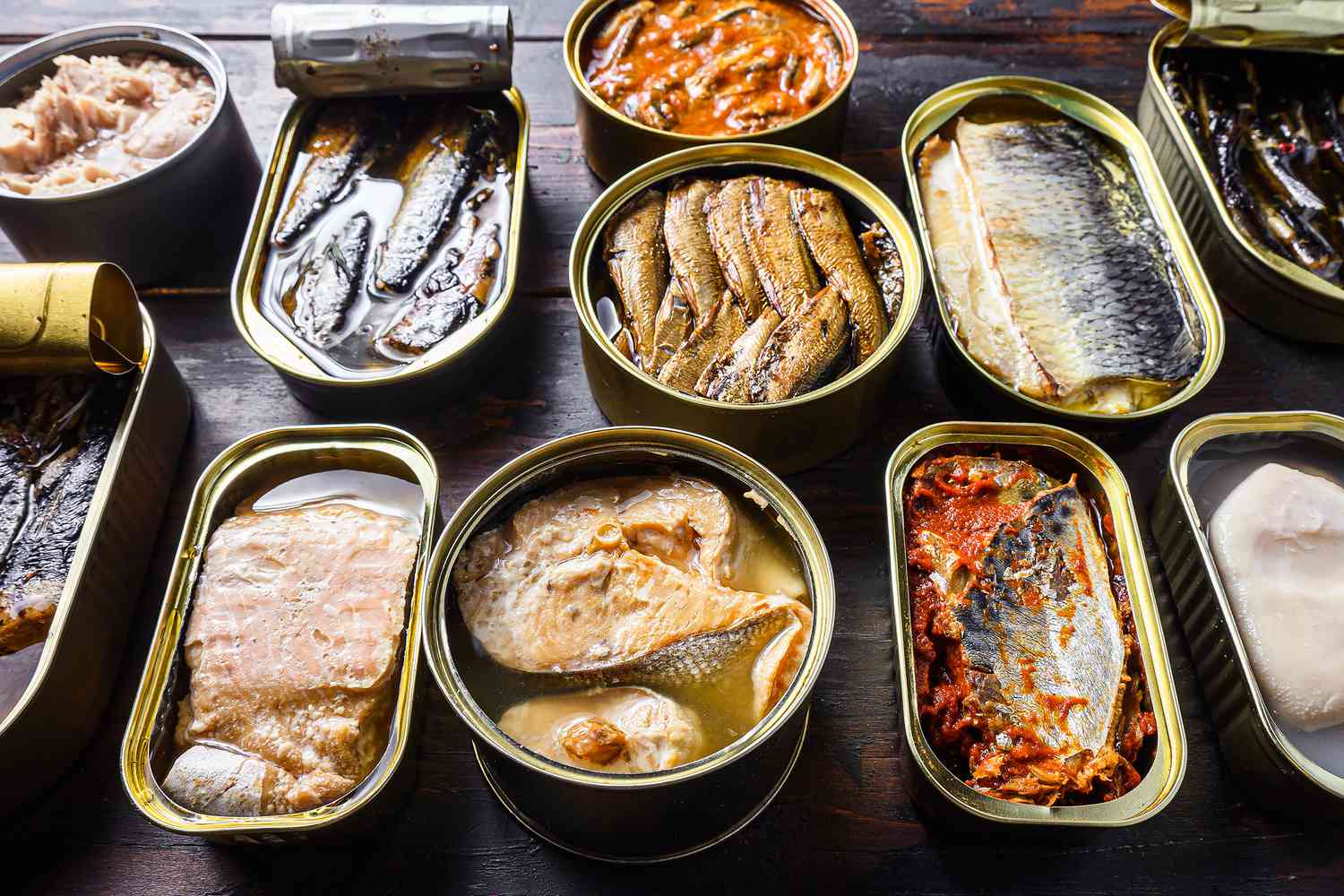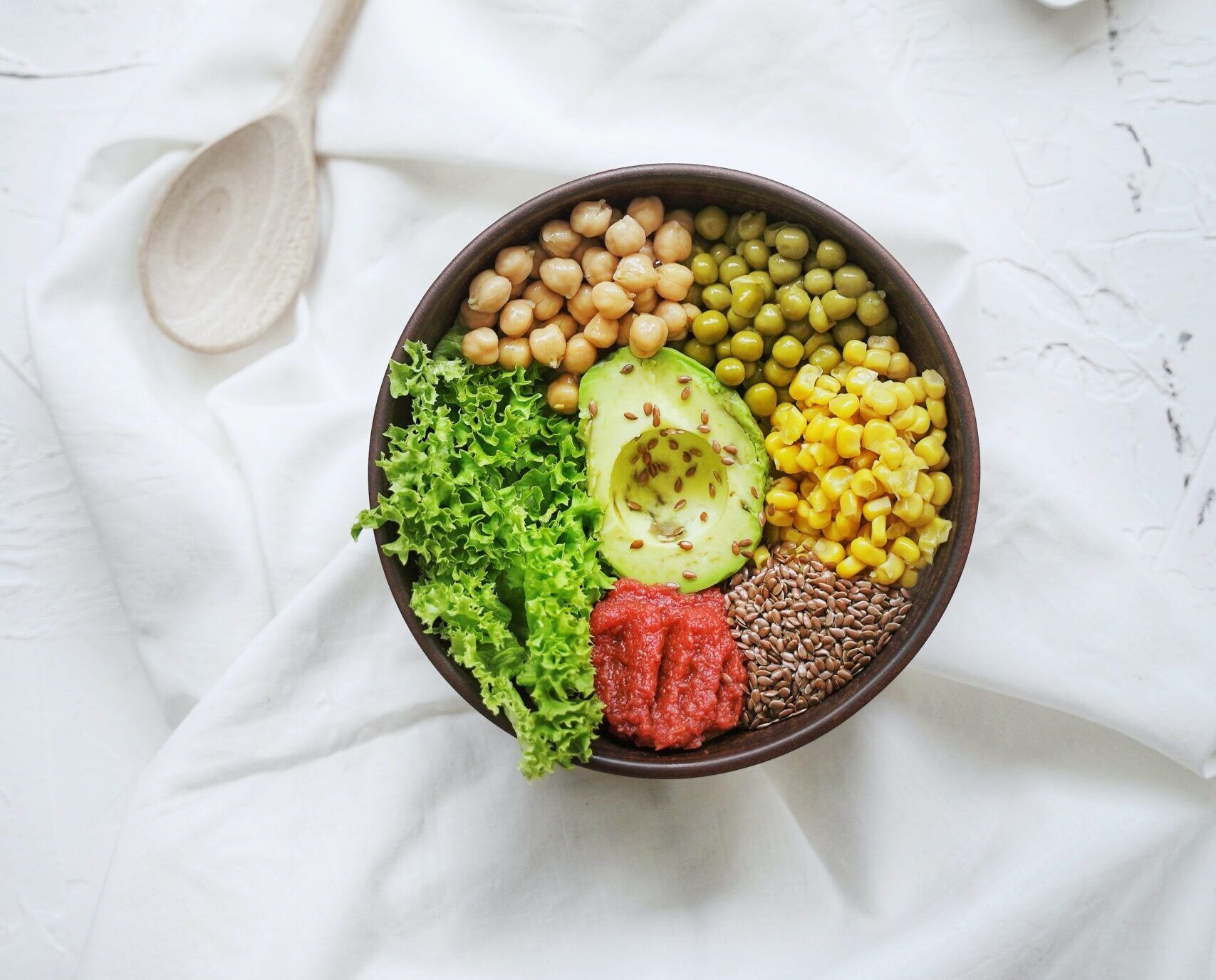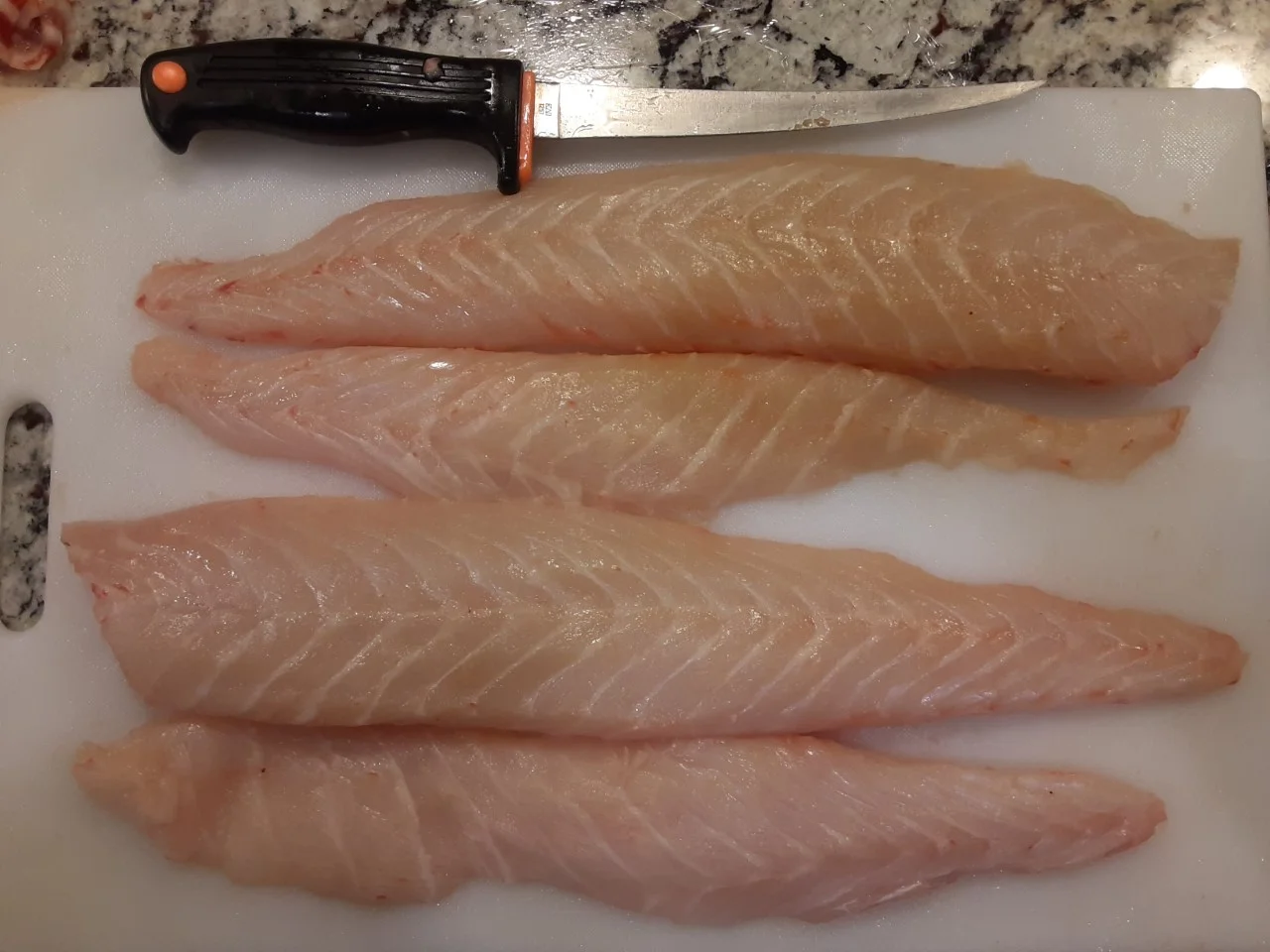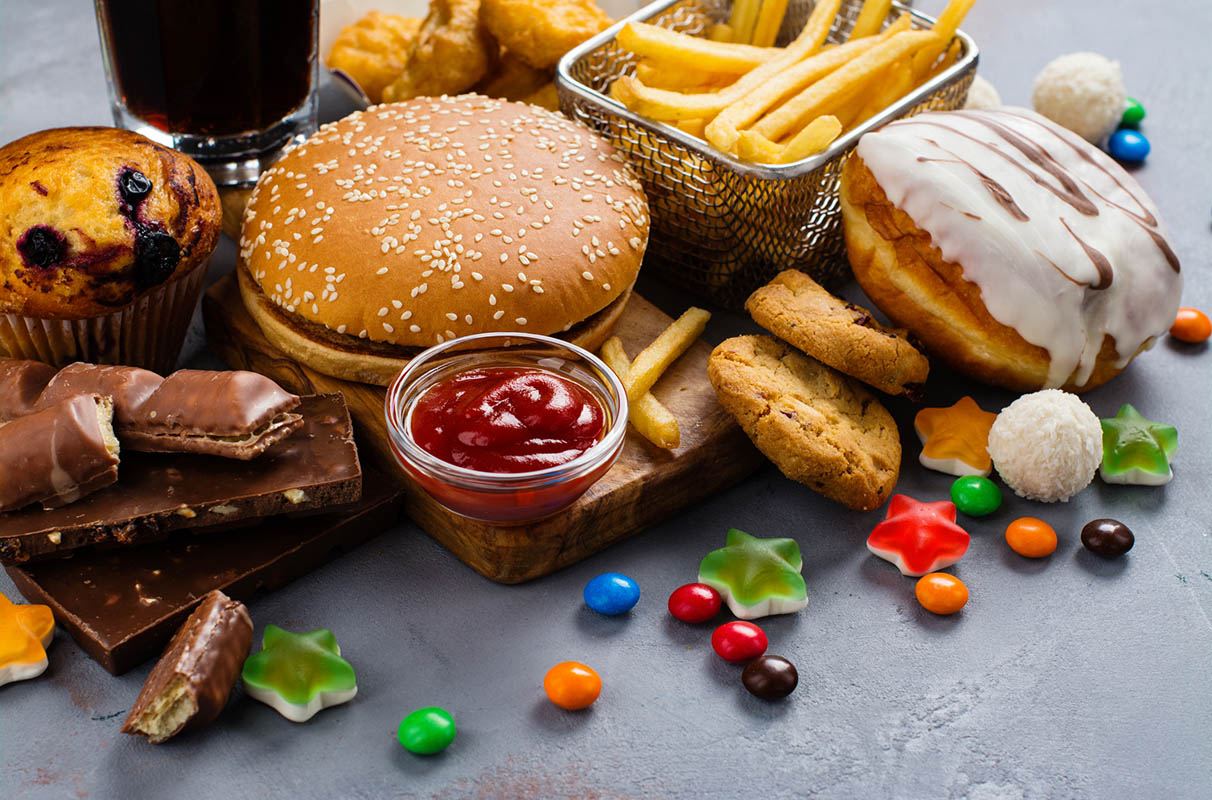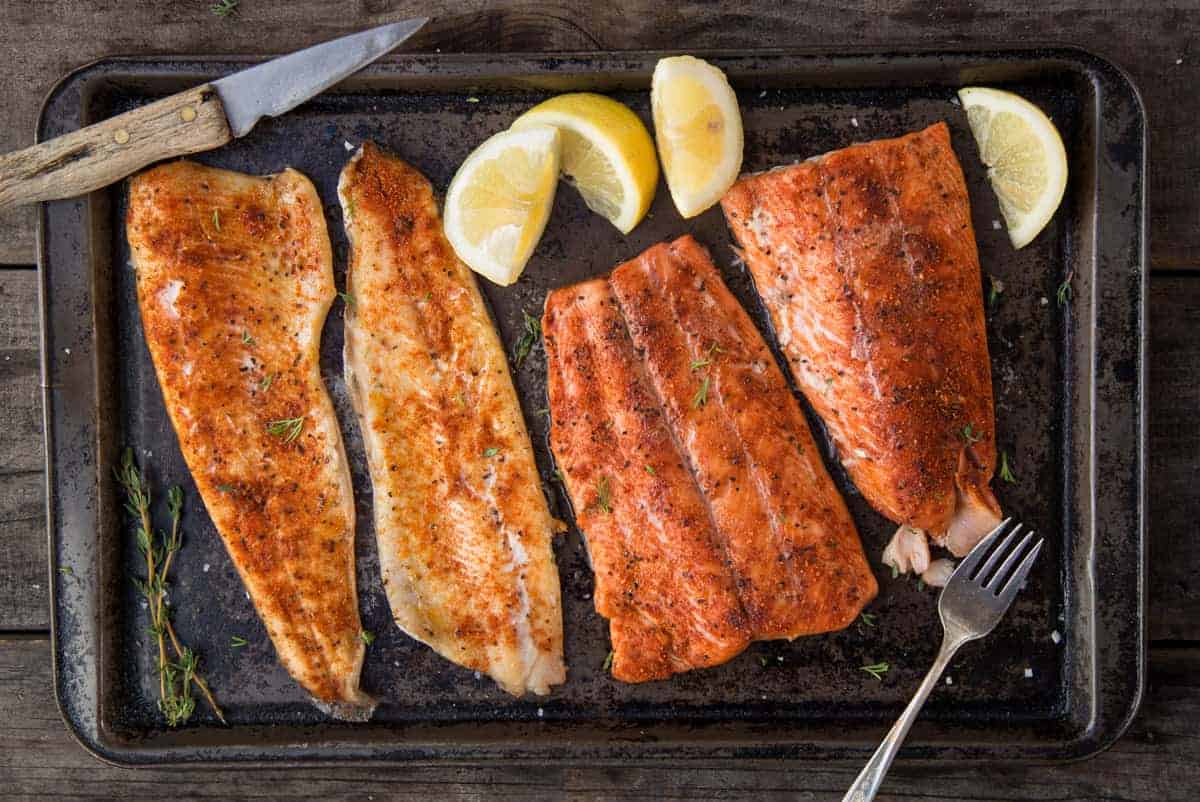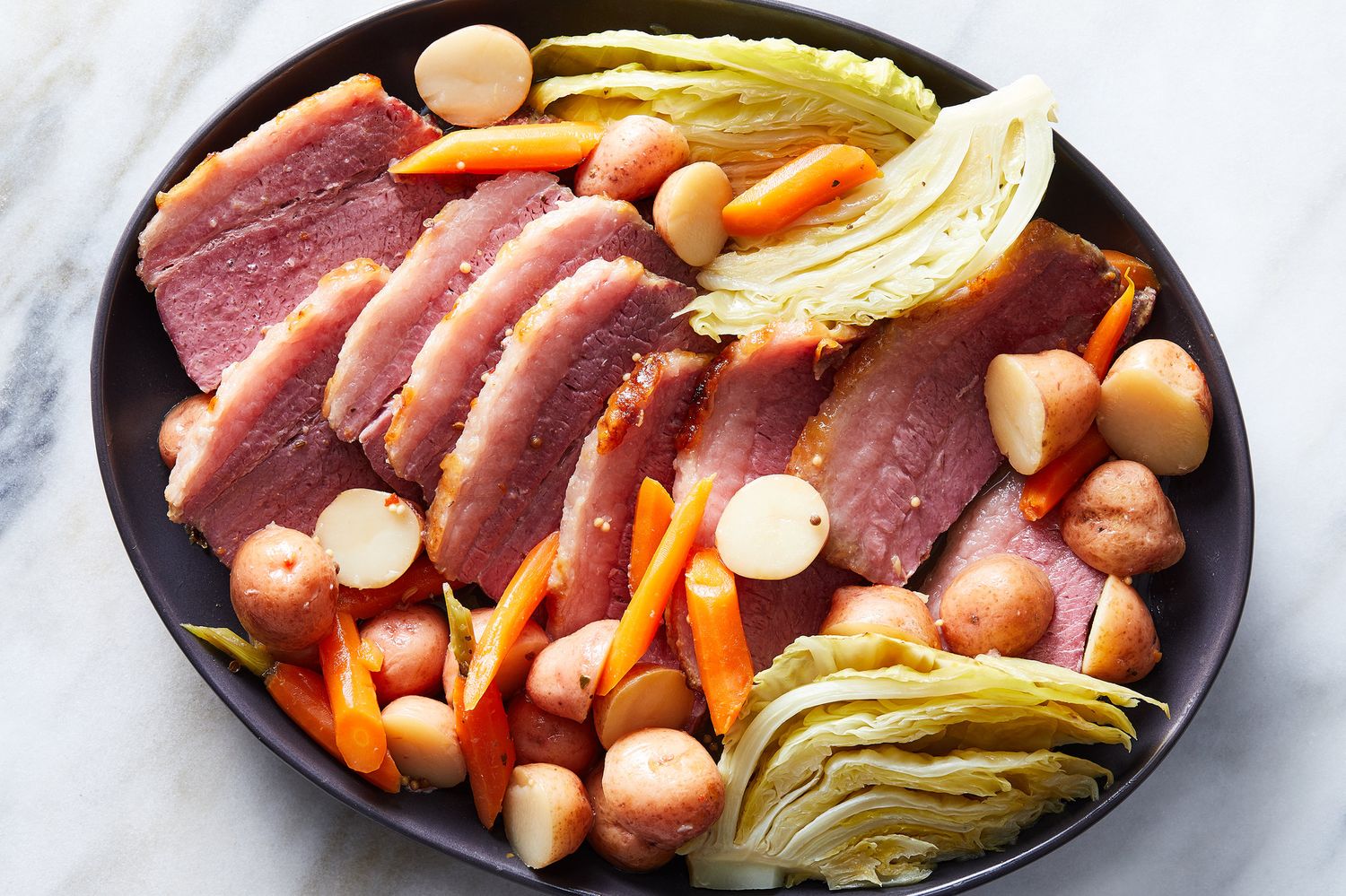Exploring polar regions demands more than just grit; it requires well-planned meals to keep spirits high and bodies fueled. Traditional expedition food often means bland, calorie-dense options, but gourmet approaches can transform this experience. Imagine savoring hearty stews, fresh-baked bread, and even desserts amidst icy landscapes. These meals not only provide essential nutrients but also boost morale. With modern freeze-drying techniques and creative recipes, gourmet dining in extreme conditions is possible. This article dives into the art of crafting delicious, nutritious meals that can withstand the harshest environments, ensuring adventurers stay energized and satisfied throughout their journey.
Essential Ingredients for Your Expedition Feast
-
High-Energy Snacks
- Nuts
- Seeds
- Dried fruits
- Dark chocolate
-
Protein Sources
- Jerky (beef, turkey, or plant-based)
- Canned fish (tuna, salmon, sardines)
- Protein bars
- Powdered milk or plant-based milk powder
-
Carbohydrate-Rich Foods
- Instant rice
- Pasta
- Oatmeal
- Tortillas
-
Vegetables and Fruits
- Freeze-dried vegetables
- Powdered greens
- Fruit leathers
- Canned fruit in juice
-
Fats and Oils
- Olive oil or coconut oil packets
- Nut butters (peanut, almond, cashew)
- Ghee or clarified butter
-
Seasonings and Condiments
- Salt and pepper packets
- Spice mixes
- Honey or maple syrup packets
- Instant soup or sauce packets
-
Beverages
- Coffee and tea packets
- Electrolyte powder
- Hot chocolate mix
- Powdered juice drinks
-
Miscellaneous
- Energy gels
- Instant yeast (for making bread)
- Hard cheeses (wax-coated for longer shelf life)
- Crackers or crispbreads
Gear Up: Tools Needed for Gourmet Polar Meals
Tools List for Gourmet Approaches to Polar Expedition Meals
-
Portable Stove
- Essential for cooking in cold environments
- Lightweight and easy to carry
-
Insulated Cookware
- Keeps food warm longer
- Durable and resistant to extreme temperatures
-
Vacuum Sealer
- Preserves ingredients
- Reduces bulk for easier packing
-
Thermos Flask
- Keeps liquids hot or cold
- Ideal for soups, stews, and beverages
-
Multi-Tool
- Includes knife, can opener, and other essentials
- Compact and versatile
-
Water Purification System
- Ensures safe drinking water
- Portable and efficient
-
Windproof Lighter
- Reliable ignition source
- Works in harsh weather conditions
-
Food Dehydrator
- Prepares lightweight, long-lasting meals
- Retains nutritional value
-
Spice Kit
- Enhances flavor of meals
- Compact and easy to store
-
Reusable Food Containers
- Stores prepared meals
- Eco-friendly and durable
-
Cutting Board
- Provides a stable surface for food prep
- Lightweight and easy to clean
-
Measuring Cups and Spoons
- Ensures accurate ingredient portions
- Compact and easy to pack
-
Insulated Cooler Bag
- Keeps perishable items fresh
- Lightweight and portable
-
Headlamp
- Provides hands-free lighting
- Essential for cooking in low light conditions
-
First Aid Kit
- Contains basic medical supplies
- Essential for safety in remote areas
For polar expedition meals, focus on high-energy, easily digestible foods. Incorporate nuts, dried fruits, and energy bars. Lightweight, non-perishable items are essential for sustaining energy in extreme conditions.
Why This Gourmet Approach Works
Gourmet approaches to polar expedition meals ensure nutrition and morale stay high in harsh environments. Carefully crafted dishes provide essential calories and nutrients needed for extreme conditions.
Delicious meals boost team spirit and mental well-being. Variety in food helps combat monotony, making long expeditions more enjoyable and sustainable.
Step-by-Step Guide to Preparing Gourmet Approaches to Polar Expedition Meals
Gourmet Approaches to Polar Expedition Meals
-
Planning and Preparation
- Research Nutritional Needs: Understand the caloric intake required for extreme cold.
- Create a Meal Plan: Design a balanced diet with proteins, carbohydrates, and fats.
- Source Ingredients: Choose high-calorie, non-perishable foods like nuts, dried fruits, and jerky.
- Test Recipes: Cook and taste meals at home to ensure they are palatable and easy to prepare.
-
Packing and Storage
- Vacuum Seal: Use a vacuum sealer to pack meals, reducing bulk and extending shelf life.
- Label Clearly: Mark each package with contents and expiration dates.
- Organize by Meal: Group packages by breakfast, lunch, dinner, and snacks for easy access.
- Use Insulated Containers: Store food in insulated bags to protect from extreme temperatures.
-
Cooking Equipment
- Portable Stove: Bring a lightweight, reliable stove suitable for cold weather.
- Fuel Supply: Pack enough fuel for the entire trip, considering the high consumption rate in cold.
- Cookware: Use compact, durable pots and pans that distribute heat evenly.
- Utensils: Include multi-functional utensils to save space.
-
Meal Preparation in the Field
- Thaw Ingredients: If frozen, thaw ingredients in warm water or by keeping them close to your body.
- Boil Water: Always start by boiling water to ensure it’s safe for consumption.
- Cook in Stages: Prepare meals in stages to manage heat and cooking times effectively.
- Keep it Simple: Opt for one-pot meals to minimize cleanup and fuel usage.
-
Maintaining Nutrition
- Hydration: Drink plenty of warm fluids like tea, broth, and hot chocolate.
- Supplement Vitamins: Use vitamin supplements to compensate for any dietary gaps.
- Monitor Intake: Keep track of your caloric and nutrient intake to avoid deficiencies.
-
Dealing with Leftovers
- Store Properly: Keep leftovers in airtight containers to prevent spoilage.
- Reheat Thoroughly: Always reheat food to a safe temperature before consuming.
- Minimize Waste: Plan portions accurately to reduce the amount of leftover food.
-
Emergency Rations
- High-Energy Bars: Pack energy bars for quick, emergency nutrition.
- Freeze-Dried Meals: Include freeze-dried meals that require minimal preparation.
- Electrolyte Packs: Carry electrolyte packs to maintain hydration and energy levels.
-
Cultural and Comfort Foods
- Incorporate Familiar Flavors: Bring spices and condiments that remind you of home.
- Comfort Foods: Pack a few comfort foods like chocolate or cookies for morale.
- Celebrate Occasions: Plan special meals for holidays or milestones to boost spirits.
-
Environmental Considerations
- Leave No Trace: Follow leave-no-trace principles to minimize environmental impact.
- Dispose of Waste Properly: Pack out all food waste and packaging.
- Respect Wildlife: Store food securely to avoid attracting wild animals.
Crafting Polar Expedition Meals
Creating gourmet meals for a polar expedition isn't just about survival; it's about enjoyment and nourishment. With the right ingredients and techniques, you can transform basic supplies into delicious dishes that keep spirits high. Think about hearty stews, flavorful soups, and energy-packed snacks. Don't forget to pack spices and condiments to add that extra zing to your meals.
Preparation is key. Pre-cook and freeze meals where possible, and ensure you have a reliable cooking setup. Remember, a well-fed team is a happy and efficient team. So, next time you're planning a polar adventure, put some thought into your menu. Your taste buds will thank you, and your expedition will be all the better for it. Happy cooking!
Frequently Asked Questions About Gourmet Approaches to Polar Expedition Meals
What are some essential ingredients for gourmet polar expedition meals?
For gourmet meals in the polar regions, you'll need high-energy foods like nuts, dried fruits, and whole grains. Freeze-dried meats and vegetables are also great since they’re lightweight and easy to prepare. Don’t forget spices and herbs to keep things flavorful!
How do you keep food fresh in such extreme conditions?
In polar climates, the cold actually helps keep food fresh. Store perishables in insulated containers to prevent them from freezing solid. Vacuum-sealed bags work wonders for keeping moisture out and preserving the taste.
What’s the best way to cook meals during a polar expedition?
Portable stoves are your best friend. Multi-fuel stoves work well because they can burn different types of fuel, which is handy when supplies are limited. Always have a windshield for your stove to keep the flame steady.
Can you make desserts on a polar expedition?
Absolutely! Freeze-dried fruits and instant pudding mix can be lifesavers. You can also bring along chocolate and nuts to make a quick trail mix. If you’re feeling adventurous, try making a snow ice cream with some condensed milk and vanilla extract.
How do you ensure meals are nutritious and balanced?
Plan meals that include a mix of proteins, carbs, and fats. Oatmeal with nuts and dried fruits makes a great breakfast. For lunch and dinner, think about whole grain pasta with freeze-dried veggies and meat. Energy bars and trail mix are perfect for snacks.
What are some quick meal options for when you’re on the move?
Instant soups and noodles are quick and easy. Energy bars, jerky, and trail mix are also great for quick bites. Wraps with peanut butter and honey can be made in a jiffy and provide a good energy boost.
How do you handle waste and leftovers in such a pristine environment?
Always follow the Leave No Trace principles. Pack out all waste in resealable bags. For leftovers, try to minimize them by planning portions carefully. If you do have leftovers, store them in airtight containers to avoid attracting wildlife.

